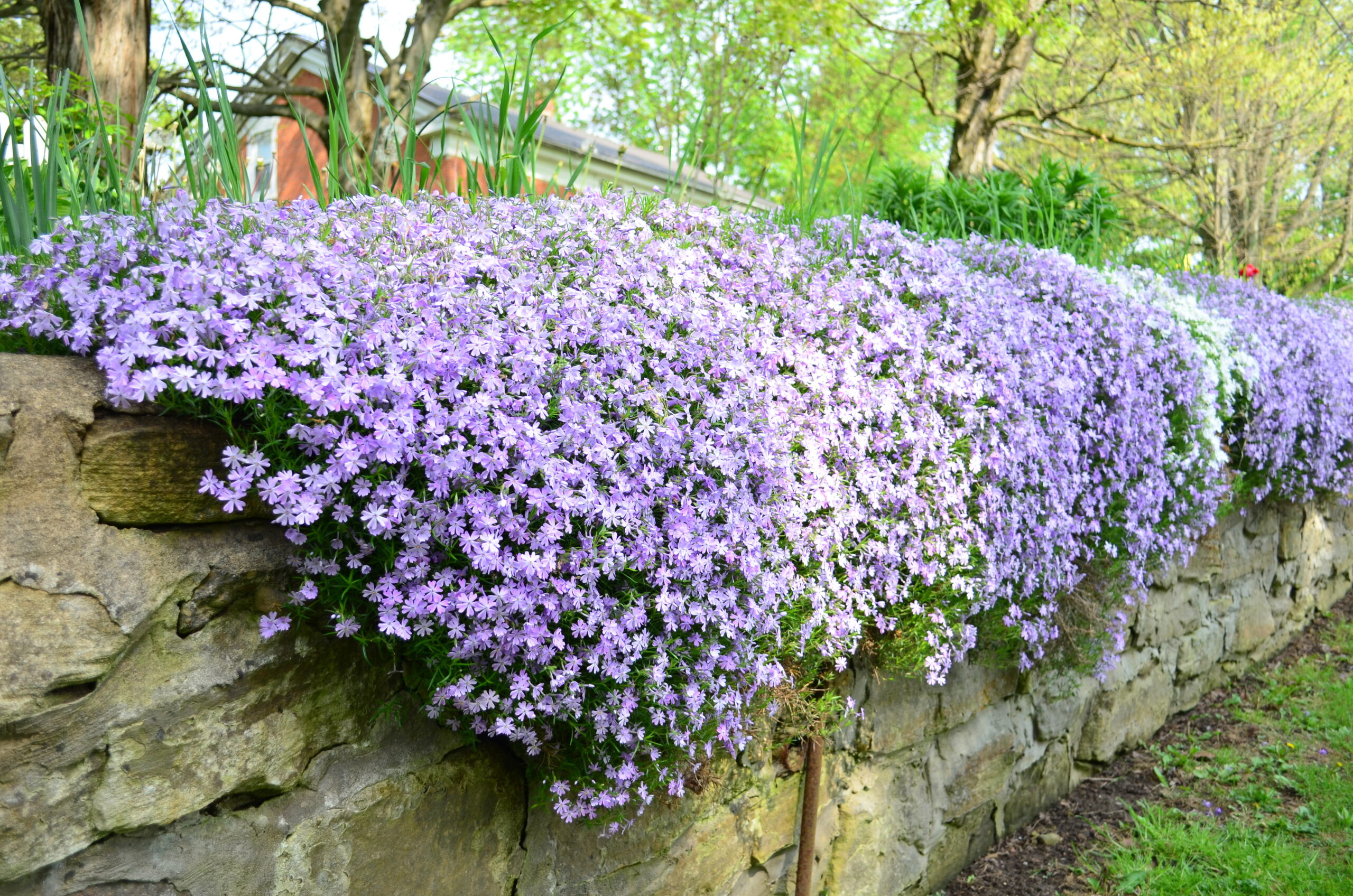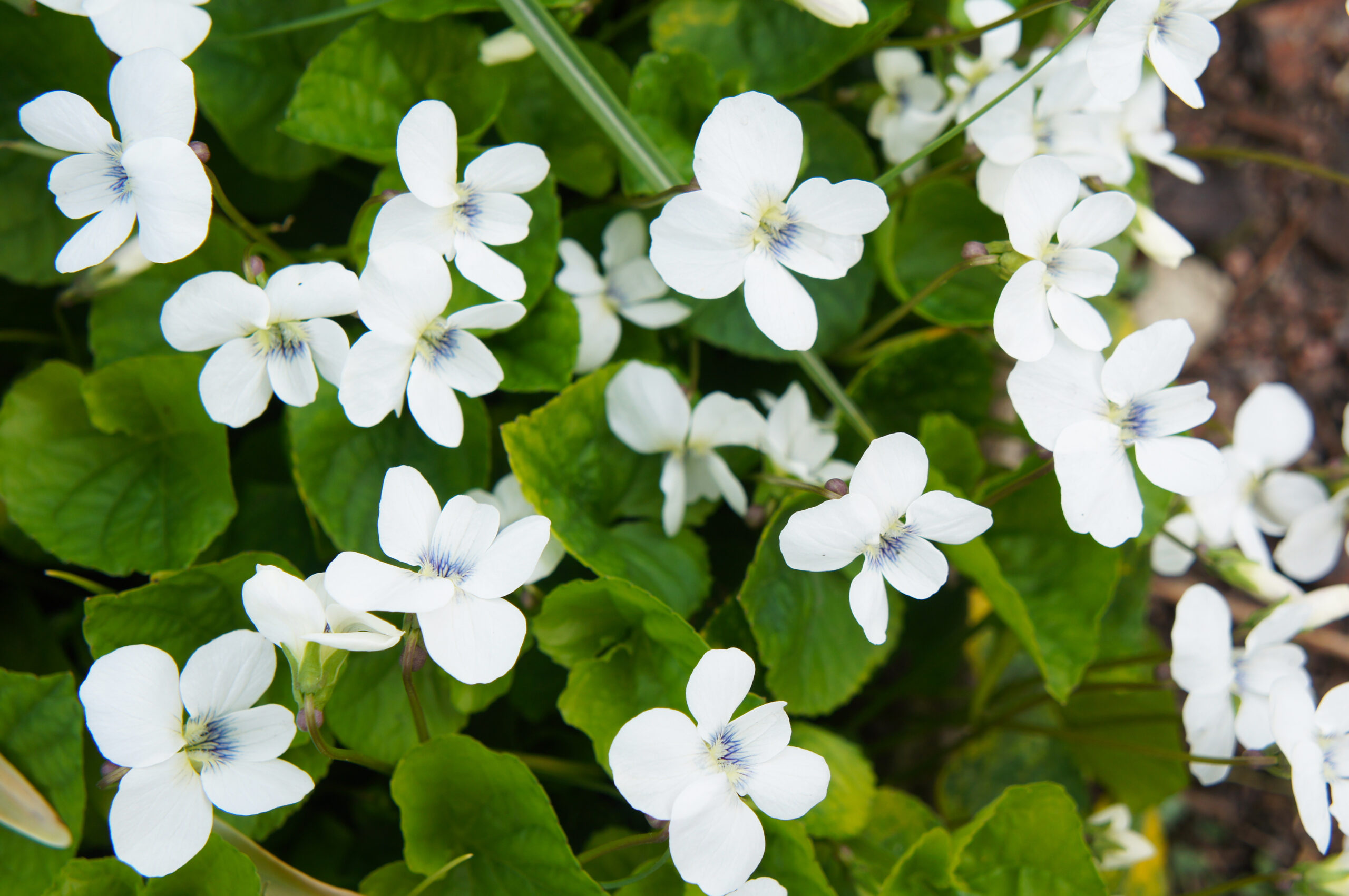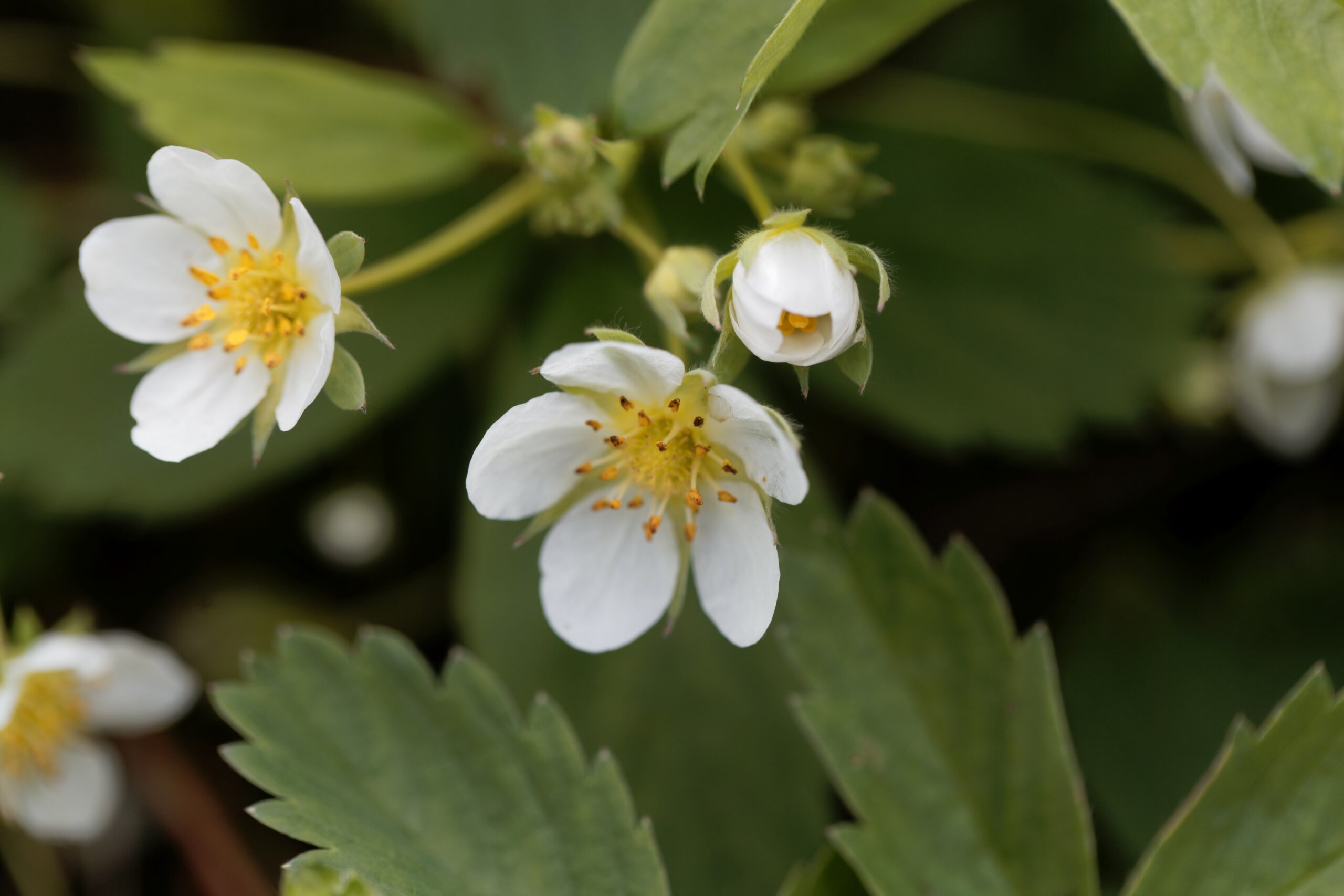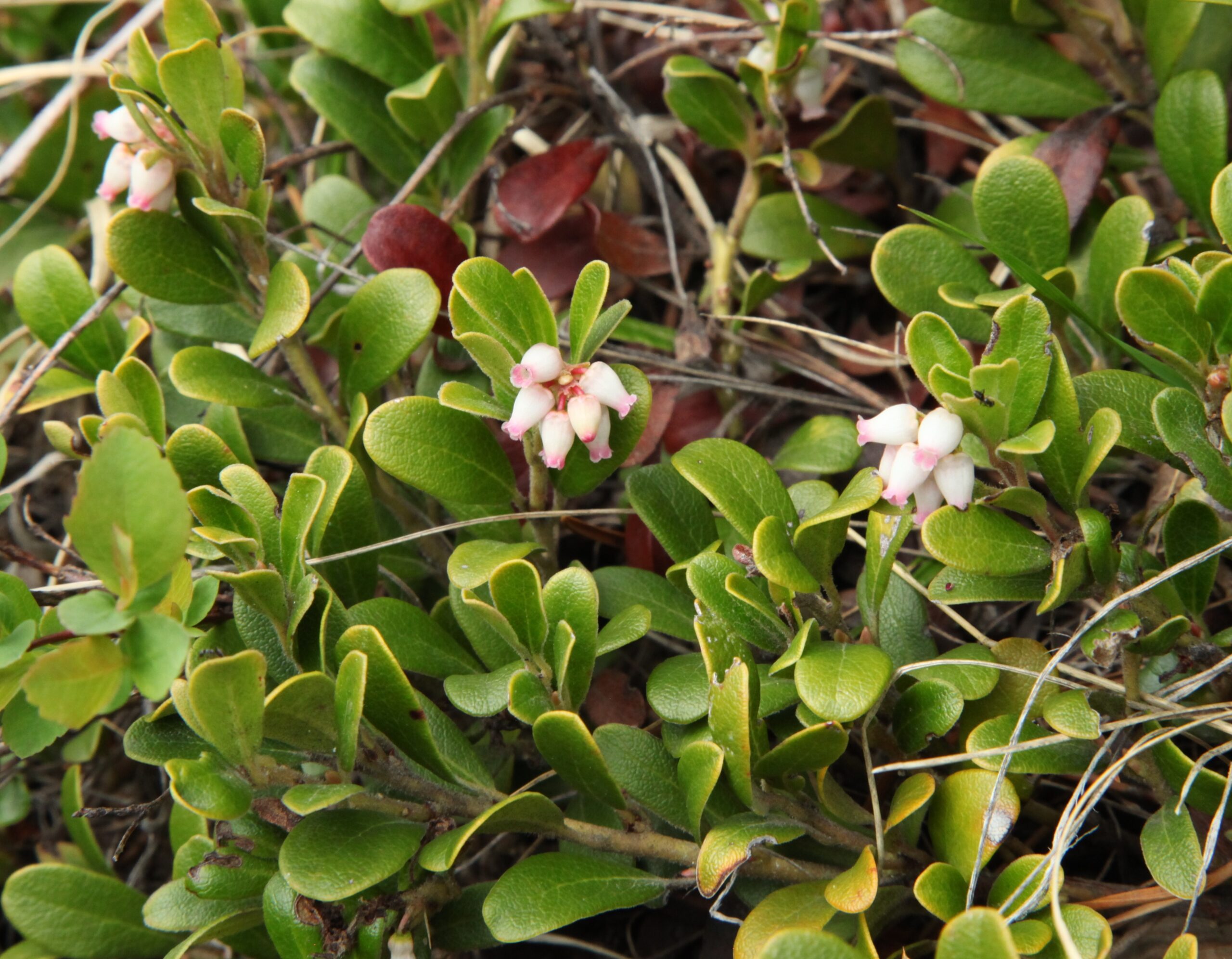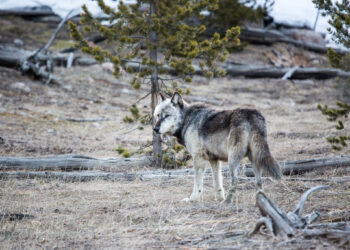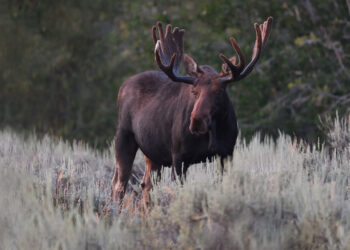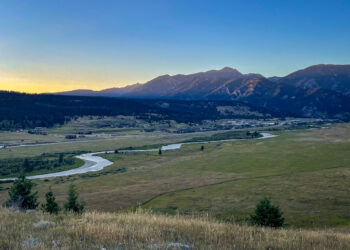By Kathleen Glockner EBS COLUMNIST
As temperatures climb—briefly interrupted by the occasional May snow—Big Sky’s lush spring landscape begins to dry, signaling the return of wildfire season. For homeowners and property managers in fire-prone regions like ours, the greatest risk often lies just outside the front door. Properties surrounded by unmanaged vegetation, dry debris, and flammable materials are significantly more vulnerable to fast-moving flames and drifting embers. But with the right preparation, the risk can be dramatically reduced. That preparation starts with defensible space, an intentionally cleared buffer between structures and the surrounding vegetation that slows the spread of fire and gives firefighters critical room to work.
Defensible space isn’t just a landscaping technique—it’s one of the most effective ways to protect your home from wildfire. It helps reduce the intensity of a fire, minimizes the chances of ignition, and provides a safe zone where firefighters can defend your property.
The concept is simple: keep the area closest to the home free of flammable materials, then gradually decrease vegetation density as you move outward. According to recommendations from the Montana Department of Natural Resources and Conservation and local fire officials, defensible space should be divided into three zones.
Zone 1: 0-5 feet from structures
This is the most critical area. It should be kept clean and free of anything combustible. Remove dead plants, dry leaves, pine needles, and firewood stacks. Avoid flammable mulches like bark and instead use gravel, pavers, or moisture-rich native groundcovers. Gutters and rooftops should be cleared regularly.
Zone 2: 5-30 feet
Trim tree branches so they are at least six to eight feet off the ground, and eliminate “ladder fuels,” tall grasses or shrubs that can carry fire from the ground into the tree canopy. Break up vegetation with hardscaping features and use well-spaced, low-growing plants.
Zone 3: 30-100+ feet
The outermost zone works to reduce a fire’s intensity before it reaches your home. It’s important to create breaks in the canopy, especially conifers. Thin out trees and brush, especially any dead or overcrowded growth. Maintain open spacing between plants and trees, and create open paths to improve access for emergency crews.
Fire-resistant ≠ bare dirt
There’s a common myth that alpine-appropriate landscapes have to be sparse, rocky, or unattractive to be effective. In reality, fire-resilient landscaping can be both protective and visually appealing. Big Sky’s native plants offer both form and function when thoughtfully selected and placed.
Choosing the right vegetation is key. Opt for low-resin, high-moisture species that are less likely to ignite under dry conditions. Use perennial groundcovers in place of traditional turf to reduce water use and maintenance. And where possible, favor deciduous trees and shrubs over flammable conifers near structures. Some of our favorites include Fleabane (Erigeron hybrids), Creeping Phlox (Phlox subulata), Cutleaf Daisy (Erigeron compositus glabratus), Stonecrop (Sedum spathulifolium), Field Chickweed (Cerastium arvense), Canadian Violet (Viola canadensis), Red fescue (Festuca rubra), Bearberry, Kinnikinnick (Arctostaphylos uva-ursi), Sulphur Buckwheat (Eriogonum umbellatum), and Virginia strawberry (Fragaria virginiana).
Moisture, in all its forms, is your ally. Healthy, hydrated plants are significantly more fire-resistant. Tools like drip irrigation systems and rain sensors can help conserve water while ensuring your landscape remains resilient during the hottest parts of the season.
Maintenance is key
But even the best-designed fire-smart landscape won’t stay that way without consistent upkeep. Defensible space is not a one-and-done project—it requires regular maintenance to stay effective year after year. Make it a habit each season to prune trees and remove dead limbs, clear rooflines and gutters, refresh mulch with non-combustible options like pea gravel, and stay on top of weeding and plant health checks. Small actions, repeated regularly, can go a long way in keeping your property protected.
Not sure where to start? Take a walk through Crail Gardens or the Moose Pair Pollinator Garden to see fire-smart design in practice. These community demonstration sites show how native plants, smart spacing, and low-maintenance landscaping can work together to create a beautiful, resilient yard.
For more resources, plant lists, and planning tips, visit alpenscapes.org.
Kathleen Glockner was born in Chicago but has always had a passion for the mountains. After relocating to Bozeman to attend Montana State University, she fell in love with the area and chose to stay. She now works with brands to elevate their marketing and content strategies.





